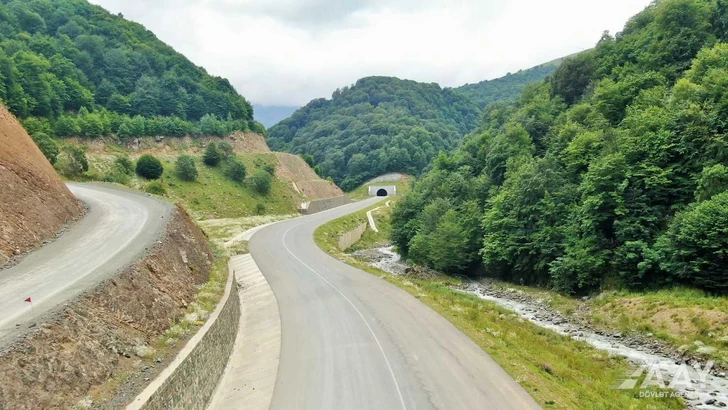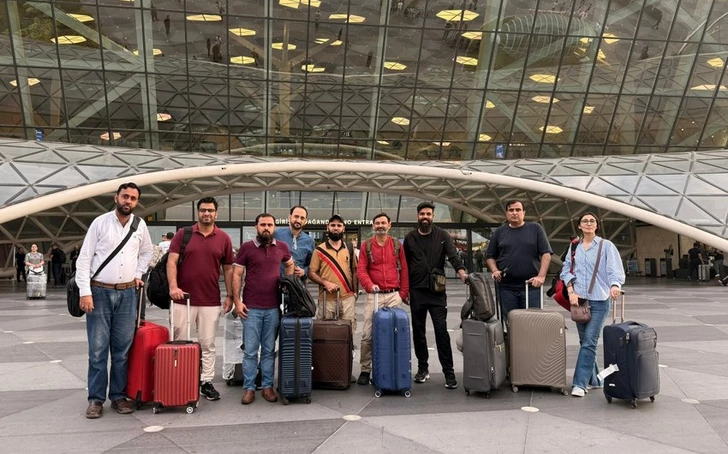By Eldar S., Special to Azerbaijan.US
When engineers bore through the Murovdag range to carve out the longest tunnel in the CIS, they are not only laying asphalt and concrete. They are etching a symbol of Azerbaijan’s new chapter — one that binds reclaimed lands, reconnects communities, and redefines the country’s strategic map.
The 11.7 km Murovdag Tunnel is more than a technical marvel ranking among the world’s 20 longest. It is the spine of the Toghanaly–Kalbajar–Istisu highway, a road designed to overcome not just physical barriers, but decades of disconnection. For Kalbajar, a district once cut off and depopulated, the tunnel promises access, revival, and return. For Istisu, a once-famous Soviet spa town, it means rebirth as a regional destination.
Infrastructure here carries an almost sacred weight. Roads and tunnels are not mere conduits for cars and trucks — they are arteries of reintegration. Every kilometer of asphalt is a statement that these lands are once again part of the national body.
The geopolitical echoes are also impossible to ignore. By constructing one of the world’s great road tunnels, Azerbaijan signals both to its citizens and to the wider world that its ambitions are long-term, its investments irreversible. The tunnel cuts through mountains, but also through skepticism — showing that the state is prepared to commit billions to ensure Karabakh and East Zangazur are not left as peripheries but woven tightly into the national and regional grid.
Skeptics may raise concerns — about costs, about environmental impact, about whether such massive projects meet immediate social needs. Yet in a region where geography itself was long an obstacle to unity, such projects are more than infrastructure; they are destiny-shaping.
The Murovdag Tunnel is a metaphor in stone and steel: Azerbaijan is tunneling through the past to carve out a future. And for every car that will one day emerge from its eastern portal into Kalbajar, the message will be clear — the mountains no longer divide, they connect.










